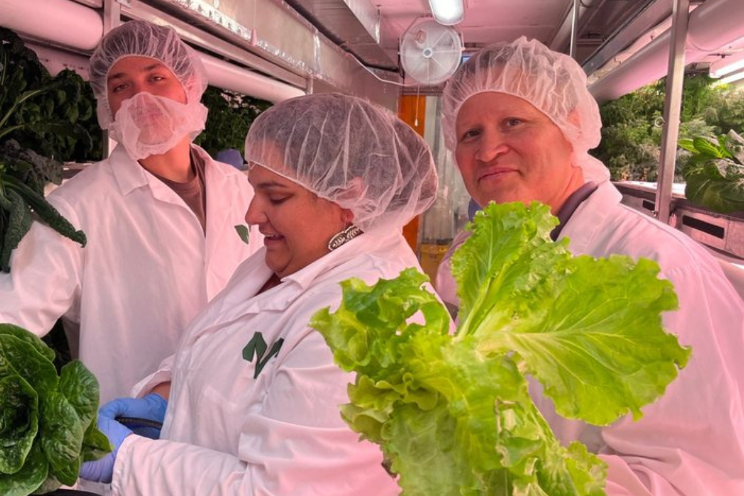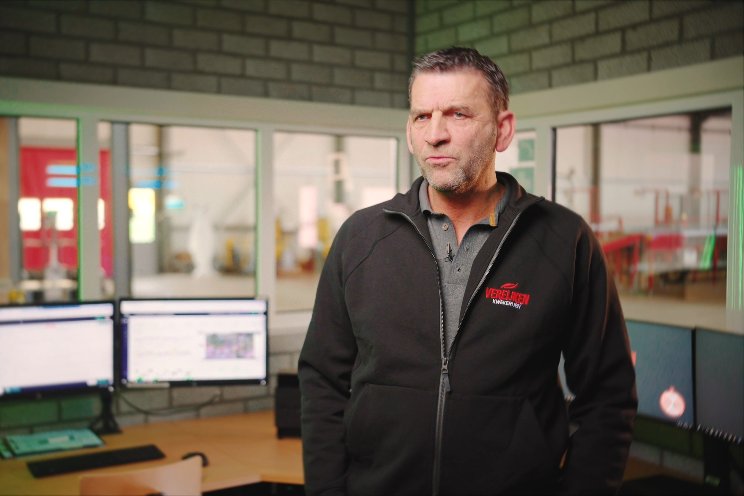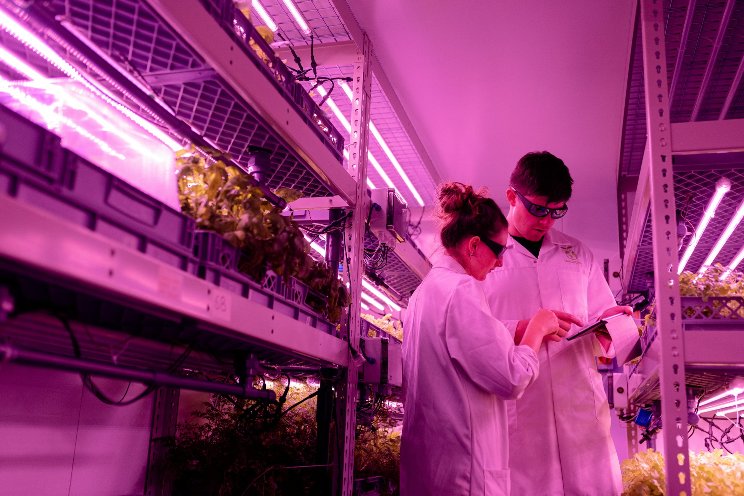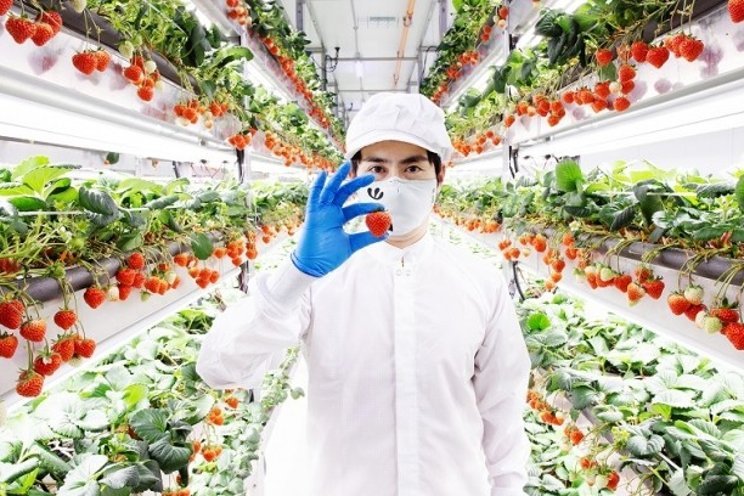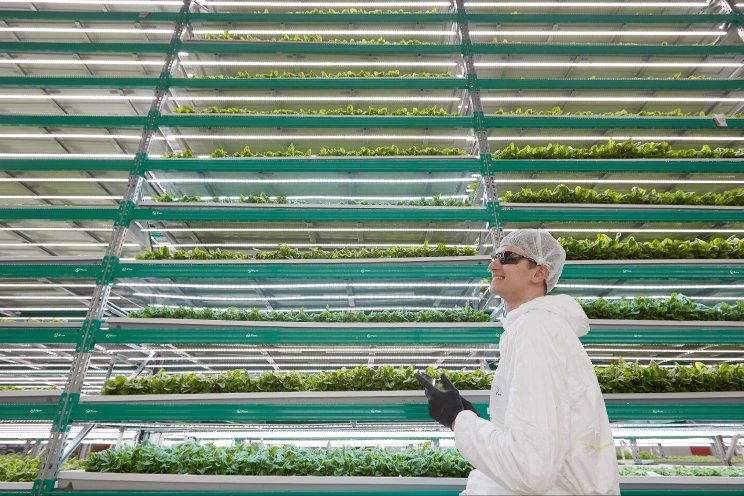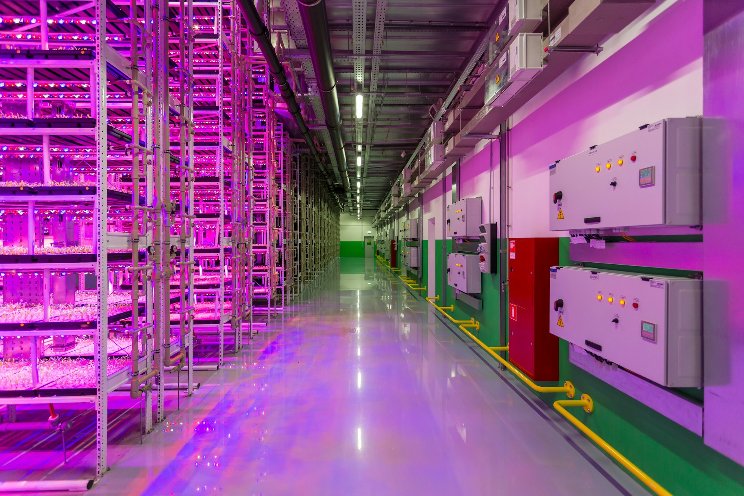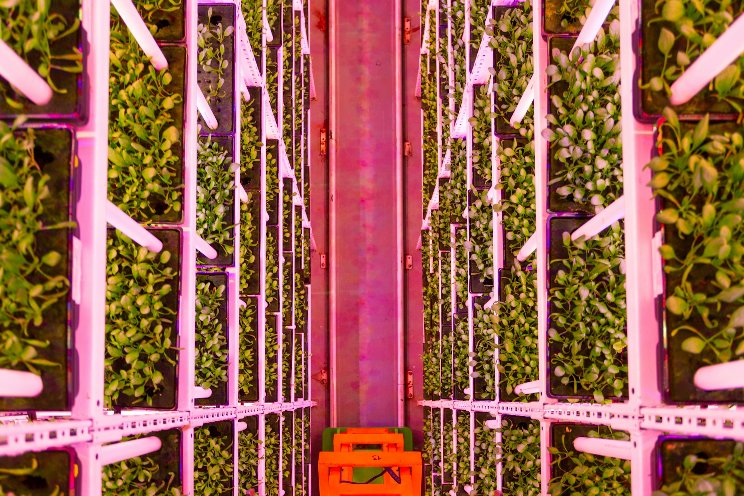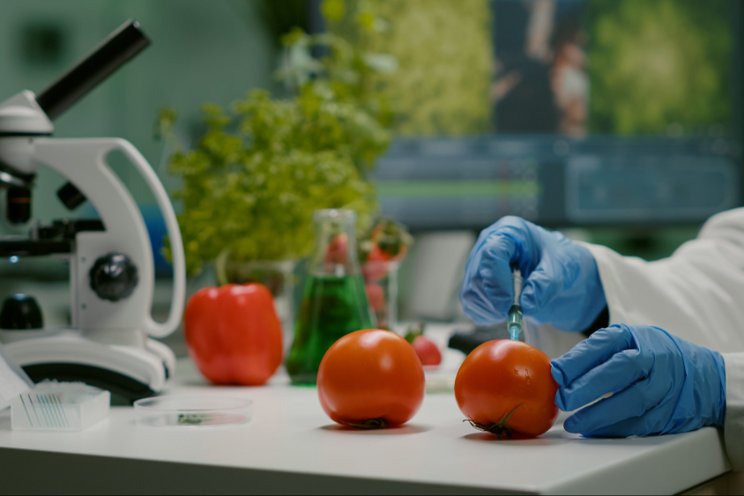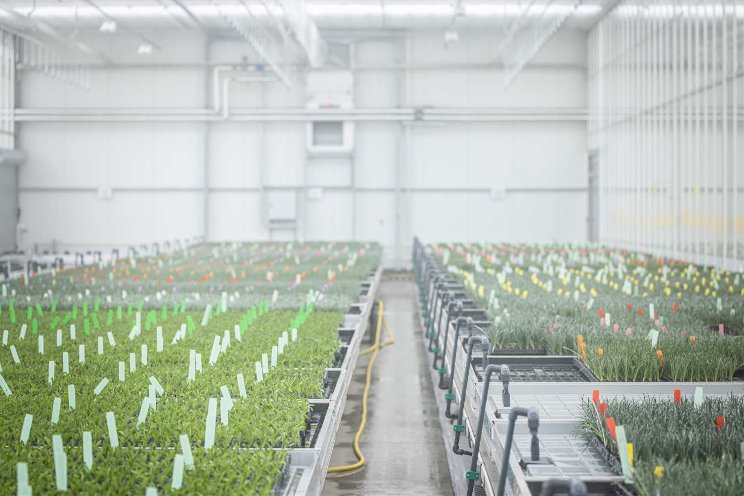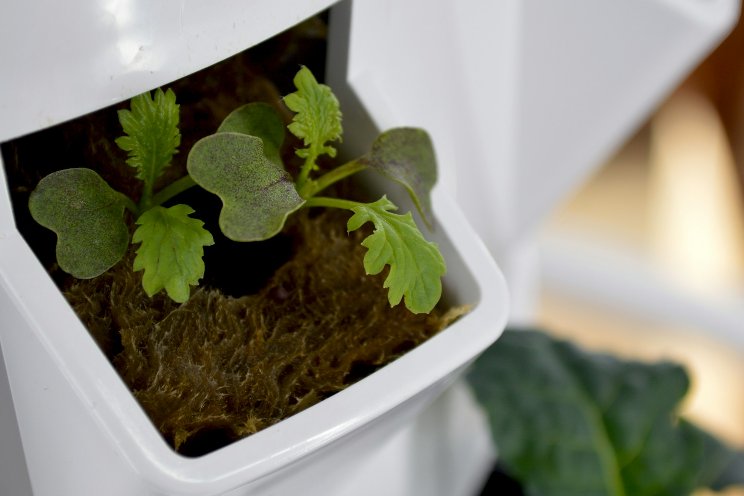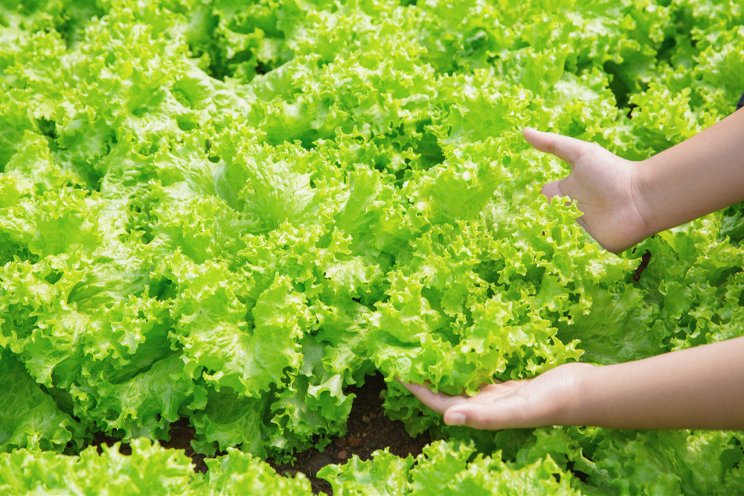Will soft robotics bring human-like robots to the farm?
Added on 08 October 2021
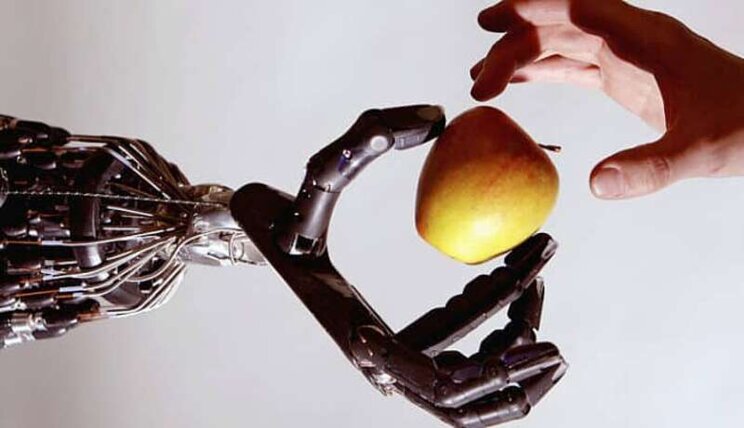
<figure style="display: block; margin: 0px 0px 1.5em; max-width: 100%; height: auto;" class="wp-block-image size-full eplus-CWtAVt"> Soft robots are made of malleable materials such as silicone and other polymers instead of the usual metal. These materials give robots organic characteristics, replicating the way muscles work and allowing robots to move and perform human-like tasks that are impossible for old-school metallic machines. Given the flexibility of the materials, robots can also easily be designed to look more like a person.
Another potential feature of the robots of the future is the ability to self-repair, emulating the human body's ability to heal. Current research is mainly looking at improving the materials used and devising ways for them to avoid chemical reactions, but in the UK, researchers at Cambridge University are currently working on developing self-healing materials. They are using machine learning in a project that will potentially create the next generation of soft robotics. There are multiple possible use cases in healthcare, manufacturing, or defense, where an army of self-repairing robots would be incredibly useful.
Robots on the Farm
Engineer and Scientist, Tim Chin, explains why he thinks soft robotics and agriculture go hand in hand.
"A specific application of soft robotics that interested me is agriculture.," he explains.
"Most automatic solutions for harvesting only operate on large sturdy crops. There exist few mechanisms for collecting smaller crops, but many are violent and tend to damage the plant in the process.
"There have been advances by companies such as Soft Robotics Inc, that incorporate soft elements into their robotic grippers. These grippers still depend on the object of interest to have some sturdiness.
"Such predicaments led to a research project I participated in. The projects goal was to explore the autonomous picking of light fragile berries, specifically raspberries," he continued.
" A unique gripper was desired for that task. Considering the fragility of raspberries, this was an opportune problem to solve with soft robotics.
"The generated idea involved creating a tube like structure that would move up to a berry bush and a isolate a raspberry from its neighbours.
"The end effector would then further slide up the stem of the berry and then inflate its soft robotic sacks. The sacks do not directly grab on to the berry. Instead, the sacks apply a light pressure on the back of the berry that connects to the peduncle of the plant.
"The entire tube then pulls away, push the berry off its stem. This is similar to how a person pulls of a berry."
Will robots also feel and behave like humans?
Innovations around making robot bodies more human-like are matched by developments happening in robot brains. Advances in AI are making it possible for machines to identify sentiments such as happiness and sadness in speech. Research is also going into developing computer vision technologies that can identify emotions by analysing facial expressions.
<figure style="display: block; margin: 0px 0px 1.5em;" class="wp-block-embed is-type-video is-provider-youtube wp-block-embed-youtube eplus-yy0qcM wp-embed-aspect-16-9 wp-has-aspect-ratio"> </figure>Once these challenges have been overcome, the next step will be for machines to experience the emotions that they identify. That will be even more challenging, and a breakthrough allowing robots to experience human emotions or physical pain is many years away.
In other words, robots are, at some point in the future, likely to gain enough "emotional intelligence" to identify human emotions, but it will be more difficult, if not impossible, for them ever to feel those emotions themselves. Some would argue that it should never happen.
The usefulness of a robot that can carry boxes around a warehouse and self-repair if it's damaged is clear. It is not obvious what the use case for a robot with feelings would be, even if many human inventions did not come from a utilitarian drive. There are also ethical challenges, not to mention the possibility of humanity being taken over by machines.
Part of this story was originally published in Vertical
<footer style="display: block; font-size: 13.6px; margin-top: 1.5em; line-height: 1.5; color: rgb(0, 0, 0); font-family: "Open Sans", sans-serif; font-style: normal; font-variant-ligatures: normal; font-variant-caps: normal; font-weight: 400; letter-spacing: normal; orphans: 2; text-align: start; text-indent: 0px; text-transform: none; white-space: normal; widows: 2; word-spacing: 0px; -webkit-text-stroke-width: 0px; text-decoration-thickness: initial; text-decoration-style: initial; text-decoration-color: initial;" class="entry-meta"><nav style="display: block; color: rgb(47, 46, 46); font-weight: 600; margin: 1.5em 0px 2em; overflow: hidden;" class="post-navigation" id="nav-below">
Source and All Photo Courtesy of AgritechFuture
</nav></footer></figure>
Source: Agritech Future
More news
